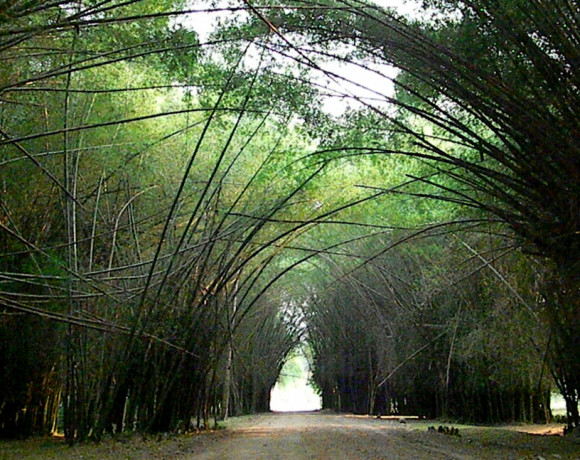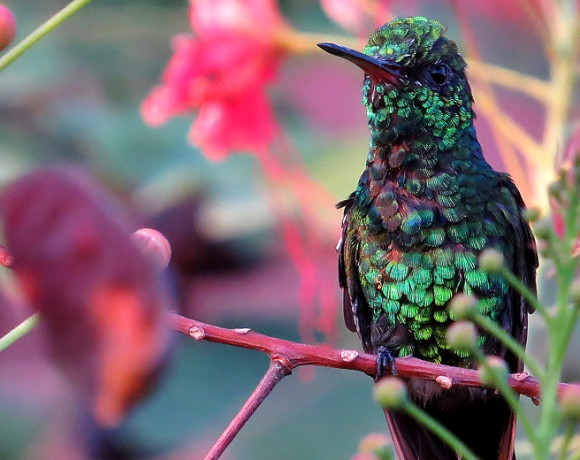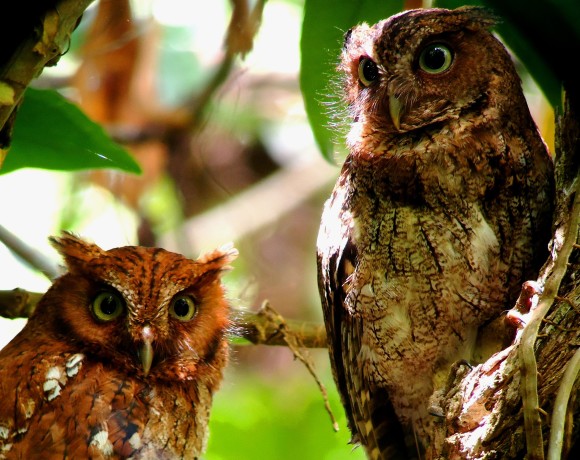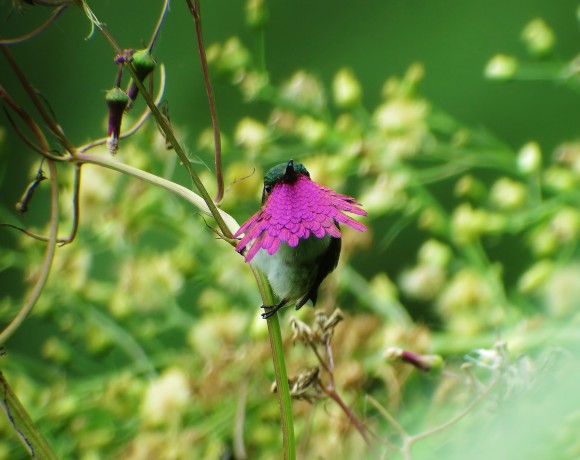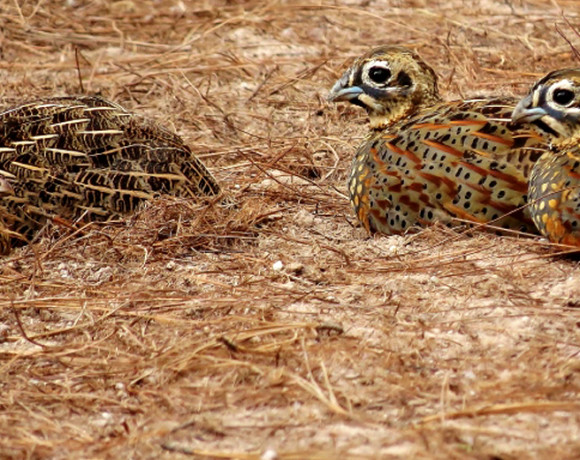Lancetilla
Birding in Lancetilla Botanical Garden
The Lancetilla Botanical Garden and Research Center is located five km southeast of the seaside resort town of Tela on the Caribbean coast of Honduras. It was founded in 1925 to test the adaptability and marketability of plantain. Over the years the Garden’s collection of plantains has become one of the largest and most diverse in the world.
Today the Garden’s primary goal is conserving and preserving the flora and fauna of Honduras, building Lancetilla to be one of the main germplasm banks of Honduras and of international significance.
The Garden is divided into two sections: the Wilson Popenoe Arboretum, which is an area for experimental planting, and the Biological Reserve of virgin forest.
The annual precipitation at the Garden is 3,266 mm; the mean temperature is 25oC (82oF) and the altitude of the Garden ranges from 20 m to 800 m above sea level.
The Arboretum covers an area of 78 ha. It contains the world’s largest collection of Asian fruit plants in Mesoamerica, comprising 636 species from 392 genera and 107 families. These rare and exotic plants serve as a germplasm bank from which many valuable fruit cultivars have been developed. Orchids, palms, mangoes, bamboos are also represented, as well as the largest plantation of Garcinia mangostana in the western hemisphere.
Within an area of 321 ha, divided into plots, there are more than 60 different species of timber trees and exotic fruits that have been growing for over forty years. This is the oldest Honduran plantation which also contains its own research laboratory for teaching forestry. Technical investigators and students regularly visit the garden for research and consultation. For these visitors there is a comprehensive research facility including a tree nursery with a capacity of one million specimens, an irrigation system, a training centre equipped with classrooms, laboratories, a library, a conference hall and living quarters with basic services for 32 guests.
The Biological Reserve occupies 1,281 ha, of which 85% is covered with unexplored secondary forest. The Reserve is divided into two zones, tropical humid forest and subtropical very humid forest. Here can be found many mammals, some of which are in danger of extinction, such as the puma, howling monkey, wild cat and deer. The birdlife is varied, with over 250 identified species, plus reptiles, fish, and insects.
Lancetilla is implementing an important mission of ecological education at the national and international level. Every year the Garden receives approximately 30,000 visitors from Honduras and other countries. Guided tours are provided and plants can be purchased
Here we have the opportunity to spot species such as:
Passerini’s Tanager, Rufous-Tailed Jacamar, Slaty breasted tinamou, Olivaceous piculet, Black headed trogon, Great antshrike, Bright rumped attila, Orange billed sparrow, And many more.
Includes:
Guide, Entrance fees to the Lancetilla Botanical Garden, Food and snacks in full day tour

